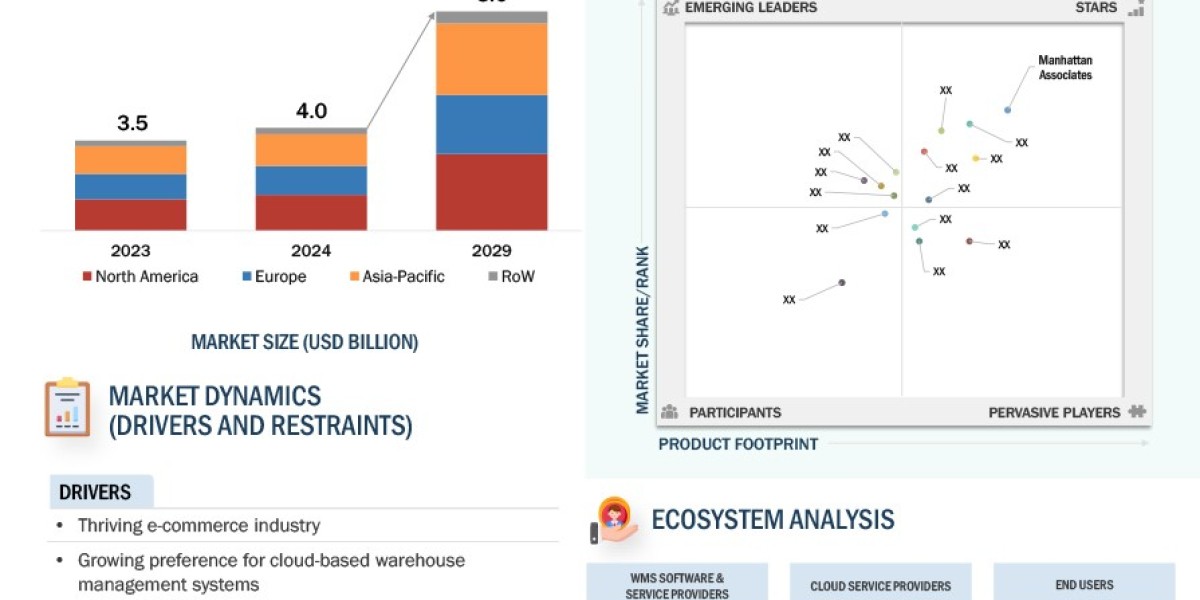How is AI Enhancing Radiological Diagnostics?
Artificial Intelligence (AI) is revolutionizing the field of radiology by improving accuracy, efficiency, and patient outcomes. Advanced algorithms can analyze medical images, such as X-rays, CT scans, and MRIs, to detect abnormalities that may be missed by the human eye. AI tools like Google's DeepMind and Zebra Medical Vision are pioneering this shift, offering solutions that assist radiologists in diagnosing conditions such as tumors, fractures, and infections with greater precision.
Recent innovations include:
- Automated Image Analysis: AI-powered software can automatically highlight areas of concern in imaging studies, reducing the time radiologists spend reviewing images.
- Predictive Analytics: By analyzing large datasets, AI can predict patient outcomes and suggest preventive measures, further enhancing the role of radiology in patient care.
What are the Latest AI Tools Used in Radiology?
The latest AI tools in radiology focus on streamlining workflows and increasing diagnostic accuracy. Notable companies leading the charge include Aidoc and Enlitic, which utilize deep learning algorithms to provide real-time alerts on critical findings, enabling immediate clinical decision-making.
Innovative technologies include:
- CAD (Computer-Aided Detection) Systems: These systems assist radiologists by providing second opinions and flagging potential issues in imaging studies.
- Integration with EHR (Electronic Health Records): AI tools are increasingly being integrated with EHR systems to enhance data sharing and streamline diagnostic workflows.
Can Machine Learning Accurately Diagnose Diseases Through Pathology Slides?
Machine learning (ML) has shown remarkable promise in the field of pathology, enabling more accurate disease diagnosis through the analysis of tissue samples. Companies like PathAI and Proscia are utilizing machine learning algorithms to improve diagnostic accuracy and speed, thereby reducing the burden on pathologists.
Key advancements include:
- Digital Pathology: The transition from glass slides to digital images allows for enhanced analysis using AI, enabling pathologists to evaluate samples more efficiently.
- Quality Control: AI-driven tools help maintain high-quality standards in pathology by identifying inconsistencies and errors in slide preparation.
What are the Benefits of Applying Machine Learning in Pathology?
Applying machine learning in pathology offers numerous benefits, including enhanced diagnostic accuracy, increased efficiency, and reduced turnaround times. By automating the analysis of pathology slides, ML allows pathologists to focus on complex cases that require human judgment, ultimately improving patient care.
Leading technologies in this domain include:
- Deep Learning Models: These models can learn from vast datasets of pathology images, identifying patterns that help in diagnosing a variety of diseases, including cancers.
- Predictive Modeling: ML algorithms can forecast disease progression based on histological features, aiding in personalized treatment planning.
How Does AI Improve Diagnostic Imaging Processes?
AI is transforming diagnostic imaging processes by optimizing workflows, enhancing image quality, and providing clinicians with actionable insights. Companies such as Siemens Healthineers and GE Healthcare are at the forefront of developing AI-enhanced imaging technologies that improve diagnostic capabilities.
Recent innovations include:
- AI-Enhanced Imaging Equipment: New imaging machines incorporate AI algorithms that improve the quality of images and reduce the need for repeat scans.
- Workflow Optimization Tools: AI tools that automate scheduling, patient triage, and report generation help healthcare providers operate more efficiently.
What Are the Challenges Faced in Implementing AI for Diagnostic Imaging?
Despite the numerous benefits, the implementation of AI in diagnostic imaging does face challenges. Issues such as data privacy, integration with existing systems, and the need for extensive training data pose significant hurdles.
Notable challenges include:
- Regulatory Compliance: Navigating the complex regulatory landscape for medical devices can delay the adoption of AI technologies.
- Interoperability: Ensuring that AI systems can communicate with various imaging devices and EHR platforms is crucial for seamless integration.
How is NLP Utilized in Interpreting Medical Data?
Natural Language Processing (NLP) is making significant strides in the healthcare sector, particularly in interpreting unstructured medical data. Companies like IBM Watson Health and Microsoft Healthcare are leveraging NLP to extract valuable insights from clinical notes, research papers, and other medical documents.
Innovative uses of NLP include:
- Clinical Decision Support: NLP tools can analyze patient records to provide real-time insights that aid in clinical decision-making.
- Automated Coding and Billing: NLP simplifies the coding process for billing purposes, ensuring accuracy and compliance.
| For more info. | Market Research | oxidative stress assay market | |
| patient safety risk management software market | |||
| pegylated protein therapeutic market |

